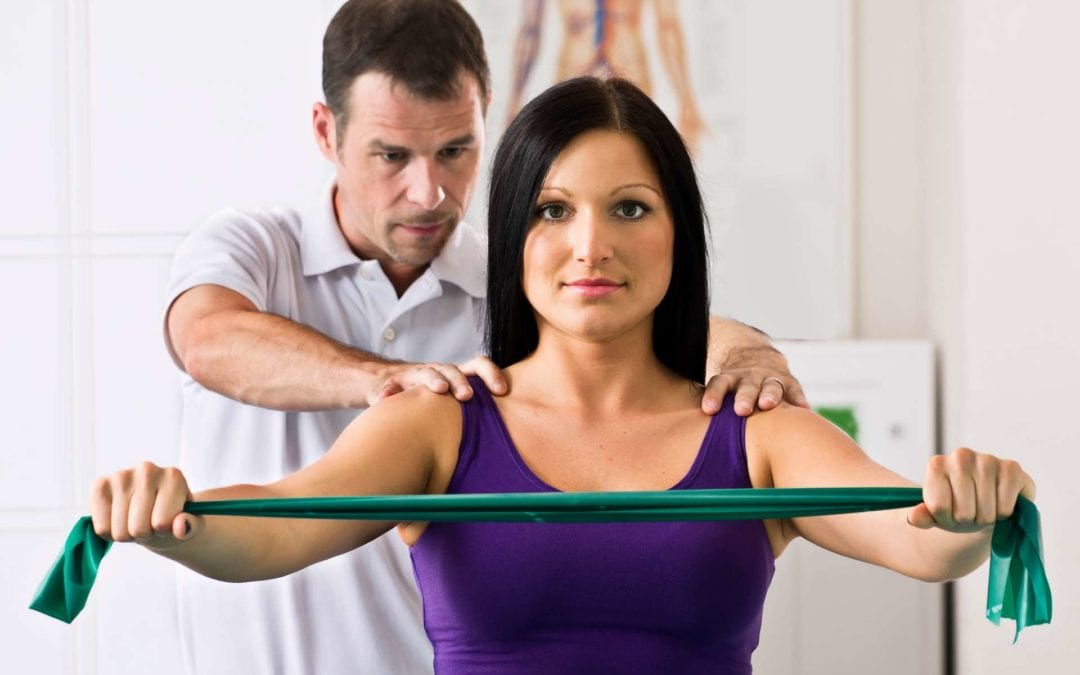The rotator cuff is an amazing part in our bodies. It is combined of muscles and tendons grouped together in order to stabilize and assist the shoulder joint’s movements. When this is injured, it can be extremely painful and prevent you from enjoying life, including your daily activities. If you have just had one, it is crucial to get a checkup and then seek the proper treatment. Depending on the severity of the injury, surgery may be the best option. Here are some suggestions for recovering after a rotator cuff injury and the rehabilitation treatments necessary to heal properly, feel better, and get you back to your normal livelihood.
Treatment Options
While surgery on a rotator cuff may be the easiest repair solution, it’s not the first treatment option. On the plus side, most times a person just needs to focus on healing the symptoms of the tear and not the tear itself. Once you get checked in to your orthopedic physician, they will be able to diagnose how severe your injury is to determine whether surgery is the right solution. If surgery is not needed, then they will suggest other options such as:
- Rest
- Decrease exercising and other strenuous activities.
- Physical Therapy
- Anti-inflammatory medicine as advised by your doctor.
- Ice
- Shots of cortisone.
What to expect if Surgery is required?
Two things are considered when needing surgery on a rotator cuff: age and wear and tear. A younger patient may need surgery if they had an acute injury not normal to their growing process and someone later in life, may just have a lot of wear and tear from overuse. Thankfully, surgery is easy and straightforward compared to any other means, as it is a minor procedure that will only take a few hours to have performed. Additionally, the length of the surgery will depend on how much time a doctor will need to complete the repair on the torn tendons. After the surgery is finished, you won’t have to stay overnight at the hospital, but you will have to put up with an arm sling that keeps your hand away from your body.
Recovery & Rehabilitation
The first days of your recovery and rehabilitation plan, are usually aimed at ensuring you are not in much pain. Your physician will administer pain meds to help with this, as well as recommend rotating prescribed narcotic medications with anti-inflammatory medicine. Also, it is highly encouraged that you ice your shoulder to relieve the pain and sleep in a semi-upright position like on a recliner or use pillows to support your back in order for your shoulder to heal properly.
After days of healing, you can start the rehabilitation process. A specialist will help you with the right exercises such as the following:
- You’ll begin with passive motion, where the therapist will move your shoulder for you.
- After passive motion, you can have sessions of active activity where you move your shoulder and activate the muscle on your own.
- Strengthening is the most vital step in the rehabilitating process. You do not use heavy weights, but a resistance band with various exercises guided by your therapist.
- Once strength has returned to your shoulder, the therapist will take you on the final steps of regaining full activity with your arm. This is determined based on how large the tear was, the repair of the tendons, and how committed you are to rehab treatments.
The one thing to remember with a rotator cuff injury, or any injury, is everyone is different when it comes to how you were injured, the injury itself, and the treatments to healing, recovering, and rehabilitating. Be patient and know that your physicians, especially the staff at Missouri Orthopedics, want you back to your normal self as quickly as possible.
If you, or someone you know, has experienced a rotator cuff, or shoulder, injury, we’ll diagnose your symptoms and pair you with a treatment option that’s right for you. Contact us to schedule an appointment today!

